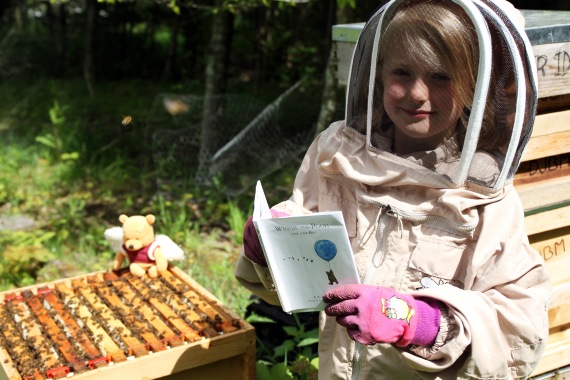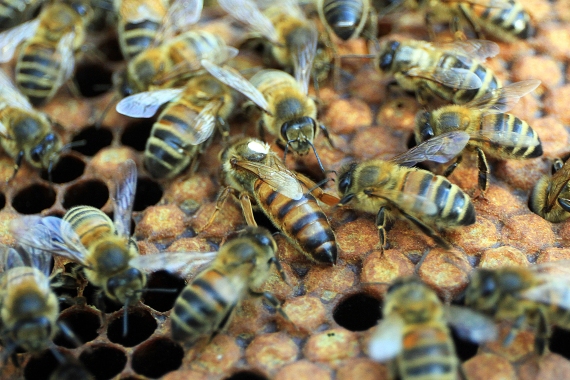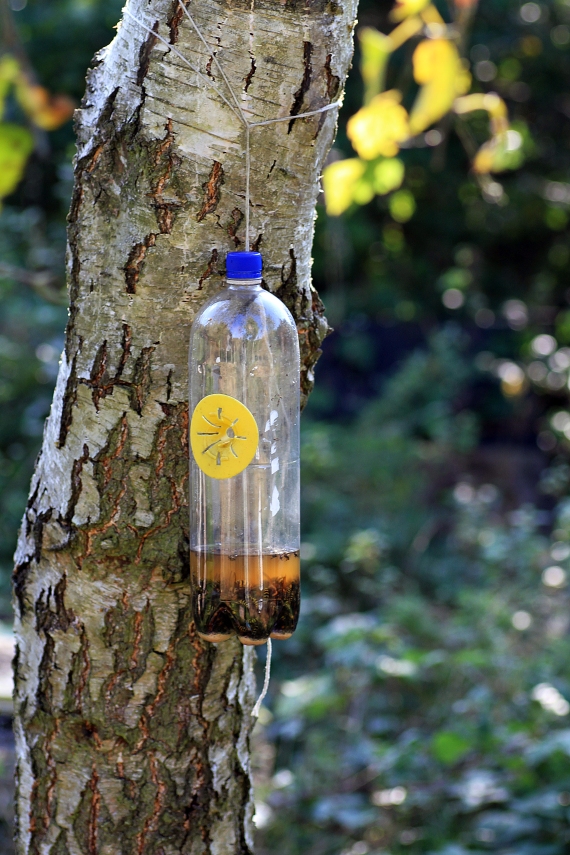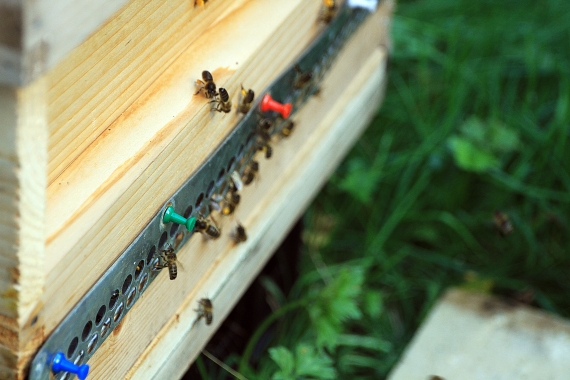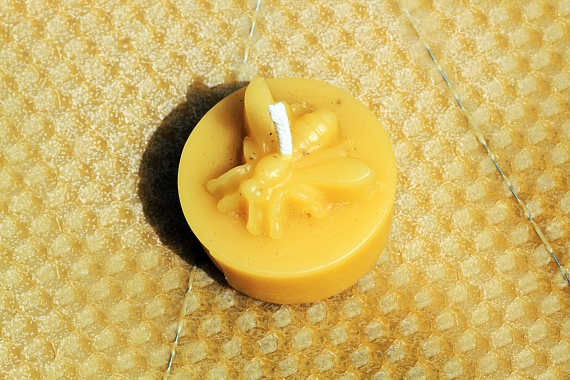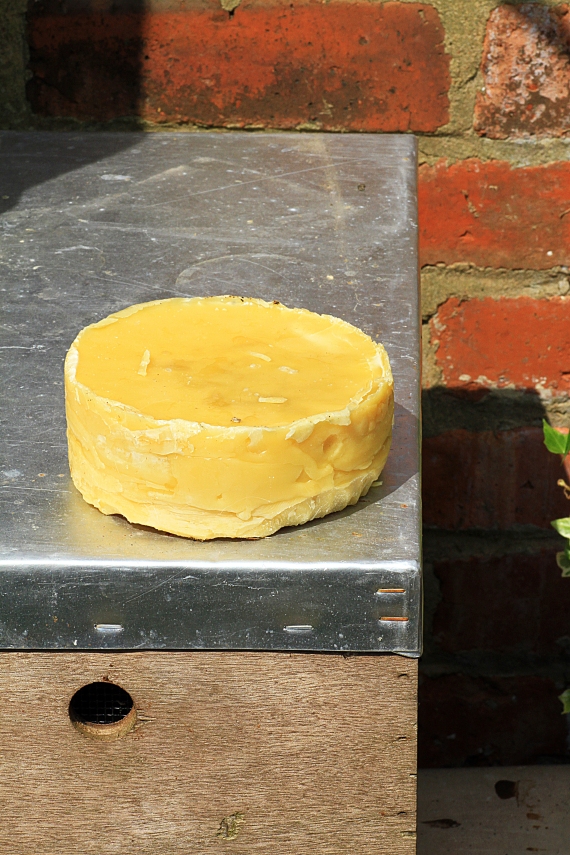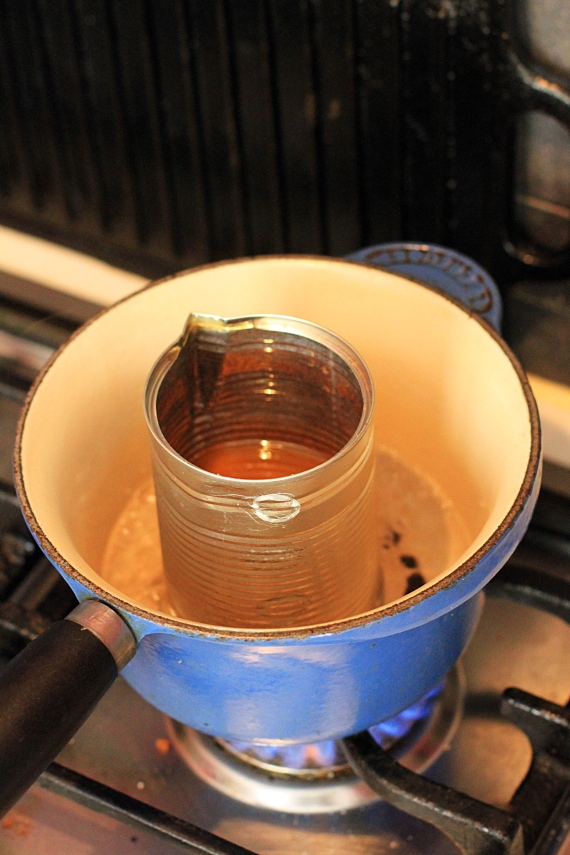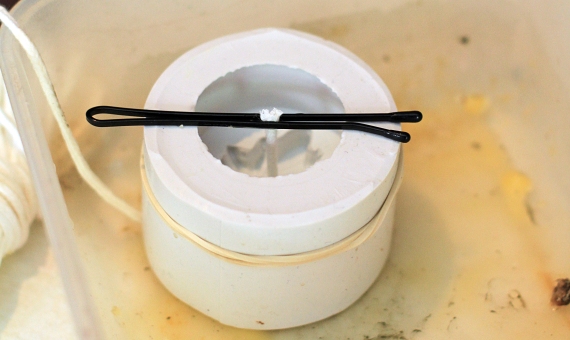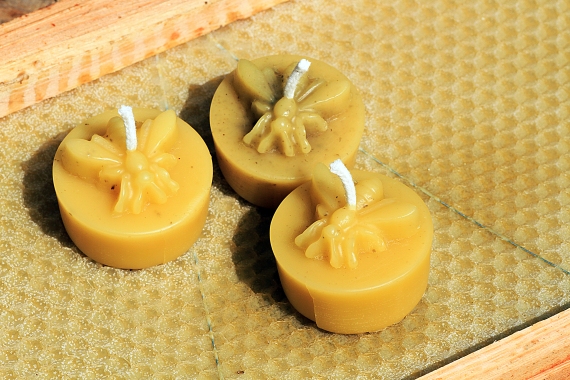I was recently contacted by a US based company who had read some of the blog where I talk about our experience of using BVT to ask me if I would share their infographic detailing the effects of anaphylaxis on the body. This is an interactive chart allowing the reader to pick the side effect they want to learn more about.
17 Effects of Anaphylaxis on the Body

The Effects of Anaphylaxis on the Body
The Effects of Anaphylaxis on the Body
You may have a food intolerance or a minor allergic reaction to something you come into contact with, but that pales in comparison to anaphylaxis. Almost any substance can be an allergen, including foods and insect bites or stings. The cause can’t always be pinpointed. The first time you’re exposed to the substance, your immune system learns to recognize the foreign invader. In anaphylaxis, when you’re exposed again, your immune system has an exaggerated response that affects the whole body and may put your life in danger. Symptoms may begin within seconds and they can progress swiftly.
The first line of treatment is usually adrenaline, because it can turn things around quickly. Once you’ve experienced anaphylaxis, you’re always at risk, so you should take great caution to avoid the triggering substance. Your doctor will probably prescribe adrenaline in the form of a prefilled autoinjector that you can carry with you. If you need to use the autoinjector pen, you can inject yourself or have someone else do it for you. You should always seek medical help after using adrenaline. Symptoms sometimes return, but usually within a 72-hour period.
Immune System
 Your immune system fights antigens like bacteria, viruses, and fungi. It learns to recognize these harmful substances and works to neutralize them. Once your immune system has come into contact with an antigen, it stores the information for future use. When it’s doing its job, you don’t get sick.
Your immune system fights antigens like bacteria, viruses, and fungi. It learns to recognize these harmful substances and works to neutralize them. Once your immune system has come into contact with an antigen, it stores the information for future use. When it’s doing its job, you don’t get sick.
Sometimes, when you come into contact with that antigen again, your immune system overreacts, blowing the event out of proportion. Far too much histamine and other inflammatory chemicals are quickly released into your system. This causes a wide variety of problems that can have devastating results.
Adrenaline is a hormone produced naturally by your body. In anaphylaxis, an extra dose can help increase blood flow throughout your body and help reverse the immune system’s aggressive response.
Respiratory System
 Inflammation in the respiratory system can cause the bronchial tissues to swell. Symptoms include shortness of breath and difficulty breathing. It can also cause fluid in the lungs (pulmonary edema) and cough. You may make high-pitched or wheezing sounds when you breathe. A feeling of tightening in the chest and chest pain are common. Respiratory distress is a life-threatening emergency requiring immediate medical attention. Untreated, it can lead to respiratory arrest. Patients with asthma are at particular risk.
Inflammation in the respiratory system can cause the bronchial tissues to swell. Symptoms include shortness of breath and difficulty breathing. It can also cause fluid in the lungs (pulmonary edema) and cough. You may make high-pitched or wheezing sounds when you breathe. A feeling of tightening in the chest and chest pain are common. Respiratory distress is a life-threatening emergency requiring immediate medical attention. Untreated, it can lead to respiratory arrest. Patients with asthma are at particular risk.
Skin (Integumentary System)
 One of the more obvious signs of anaphylaxis can be seen on the skin. It may start out as itchiness and redness, or just a mild warming of the skin. It can progress to welts, or hives that hurt when you touch them. If your respiratory system is in trouble, skin may turn blue from lack of oxygen. Pale skin means you’re going into shock.
One of the more obvious signs of anaphylaxis can be seen on the skin. It may start out as itchiness and redness, or just a mild warming of the skin. It can progress to welts, or hives that hurt when you touch them. If your respiratory system is in trouble, skin may turn blue from lack of oxygen. Pale skin means you’re going into shock.
Circulatory System
 In anaphylaxis, small blood vessels (capillaries) begin to leak blood into your tissues. This can cause a sudden and dramatic drop in blood pressure. Other symptoms include rapid or weak pulse and heart palpitations. When major organs don’t get the blood and oxygen they need to perform, your body goes into anaphylactic shock. This is a life-threatening medical emergency. Untreated, you are at great risk of damage to internal organs or cardiac arrest.
In anaphylaxis, small blood vessels (capillaries) begin to leak blood into your tissues. This can cause a sudden and dramatic drop in blood pressure. Other symptoms include rapid or weak pulse and heart palpitations. When major organs don’t get the blood and oxygen they need to perform, your body goes into anaphylactic shock. This is a life-threatening medical emergency. Untreated, you are at great risk of damage to internal organs or cardiac arrest.
Digestive System
 Even if your reaction is usually mild, food allergies put you at increased risk of developing anaphylaxis. Digestive system symptoms include bloating, cramps, and abdominal pain. You may also have nausea, vomiting, or diarrhea.
Even if your reaction is usually mild, food allergies put you at increased risk of developing anaphylaxis. Digestive system symptoms include bloating, cramps, and abdominal pain. You may also have nausea, vomiting, or diarrhea.
Central Nervous System
 Even before the first physical symptoms occur, some people have a weird feeling – a sense that something bad is about to happen. Others describe a metallic taste in their mouth. Inflammation in the central nervous system can make you lightheaded or dizzy. Some people get a headache. There may be swelling of the eyes. The lips and tongue can swell enough to make it hard to talk. If the throat swells, it can block your airway. Anaphylaxis can cause mental confusion, anxiety, and weakness. Other symptoms include slurred speech, hoarse voice, and difficulty talking. As your body goes into shock, loss of consciousness occurs.
Even before the first physical symptoms occur, some people have a weird feeling – a sense that something bad is about to happen. Others describe a metallic taste in their mouth. Inflammation in the central nervous system can make you lightheaded or dizzy. Some people get a headache. There may be swelling of the eyes. The lips and tongue can swell enough to make it hard to talk. If the throat swells, it can block your airway. Anaphylaxis can cause mental confusion, anxiety, and weakness. Other symptoms include slurred speech, hoarse voice, and difficulty talking. As your body goes into shock, loss of consciousness occurs.
You can see the overview of the report and access the interactive graphics here
Bee venom must always be treated with the utmost respect, even if you are a seasoned keeper who has been stung on multiple occasions. Always make sure that you let someone else know that you are going to visit your bees and where they are, the time you expect to return, carry a mobile phone and any medication that you may require. If in any doubt following a sting alert the emergency services and wait for collection, the last thing they want is you causing a RTA when you pass out behind the wheel on the way to hospital!
I hope to keep adding to this blog as and when time allows in 2014, thank you for taking the time to read my ramblings your continuing comments and questions – this makes it all worth while for me as the writer….
I can also be found at @danieljmarsh on twitter or British Beekeepers page on Facebook.
Dan



